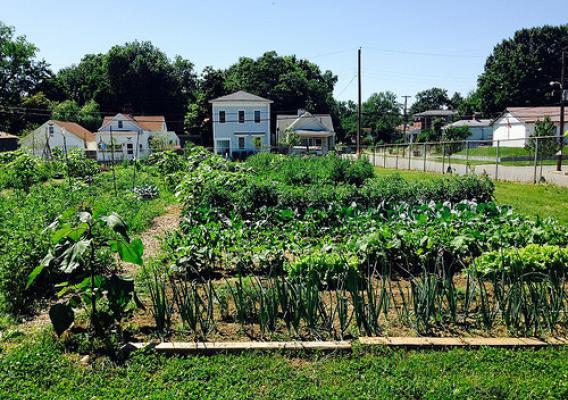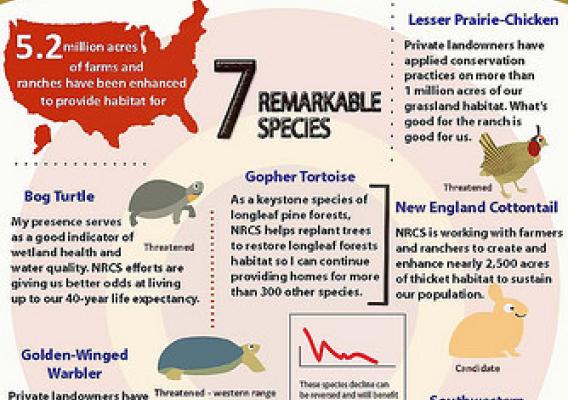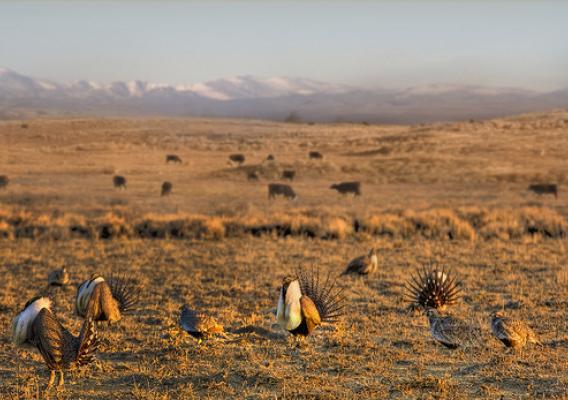As a kid, I spent Christmas vacations with my family and my grandfather in the longleaf pine forests of South Carolina. While my grandfather and father (and later me) were quail hunters, you don’t have to be a sportsman or a sportswoman to appreciate longleaf pine. Longleaf forests are home to countless wildlife species, a diversity of plants, and provide valuable wood products, such as heart-pine floors that are cherished across the South. Longleaf forests once covered some 90 million acres along the Southeast coastal plain, but over the past two centuries, development, conversion, ill-planned timbering, and fire suppression have reduced longleaf’s range to a mere sliver of its former extent.
USDA and our many conservation partners are working to restore longleaf forests, and we’ve seen significant progress in the recent years. Now, a new Farm Bill program, the Regional Conservation Partnership Program, or RCPP, is providing additional support to the effort.










